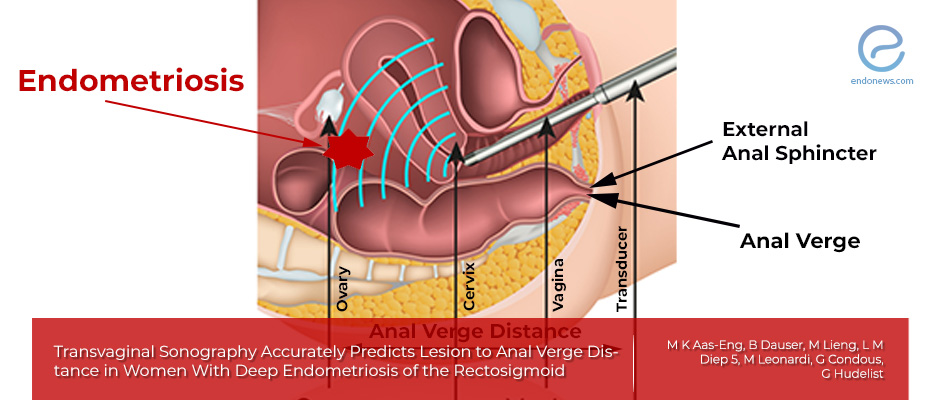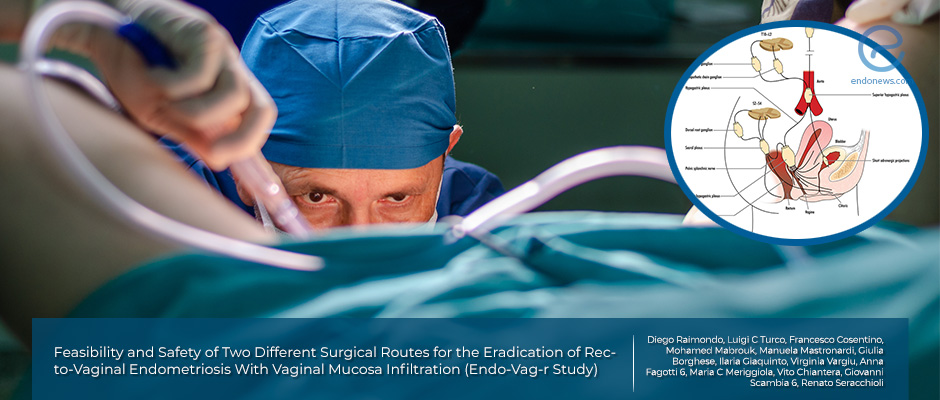Robot-assisted laparoscopy for deep infiltrating endometriosis of bowel
Deep infiltrating endometriosis is characterized by lesions larger than 5 mm that penetrate the peritoneum or invade the muscular layer of adjacent organs, affecting over 20% of women with endometriosis. Bowel involvement occurs in 5-12% of cases and may present with…
Key Points Lay SummaryValidity of Magnetic Resonance Imaging for Deep Pelvic Endometriosis.
Video laparoscopy has become a valuable tool for diagnosing and managing endometriosis in recent years. In cases associated with deep infiltrating endometriosis, the need for a non-invasive diagnostic method before laparoscopic evaluation paves the way for using MRI. The use…
Key Points Lay SummaryAn Overview on Treatment of endometriosis
There are different guidelines by different gynecological societies for the diagnosis and treatment of endometriosis, which is an extremely complex illness. Kalaitzopoulos and Samartzis et al. from Switzerland worked on and compared six national and two international widely used guidelines to…
Key Points Lay SummaryManaging the physical and emotional effects of endometriosis
Endometriosis is known to affect 5-10% of the general population, but some women are underdiagnosed due to physical and psychological disability. Due to the symptoms including dysmenorrhea, dyspareunia, chronic pelvic pain and infertility, endometriosis has a negative effect on the quality…
Key Points Lay SummaryTransvaginal sonography for predicting the distance between rectosigmoid endometriosis and the anal verge
For optimal surgery, pre-surgical assessment of the distance between rectosigmoid deep endometriosis lesions and the anal verge (Lesion to Anal Verge Distance-LAVD) is recommended by many specialists. A group of researchers from Norway, Austria, and Australia studied the accuracy of…
Key Points Lay SummarySurgical approach to rectovaginal endometriosis.
Recto-vaginal endometriosis incidence is estimated at 3.8%-37% among women with endometriosis and when it exists it's a part of deeply infiltrated endometriosis, thus advance stage endometriosis. Raimondo et al. from the Department of Obstetrics and Gynecology of the University of…
Key Points Lay Summary
 By Selma Oransay
By Selma Oransay



 By Hale Goksever Celik
By Hale Goksever Celik

 By Timur Seckin
By Timur Seckin
